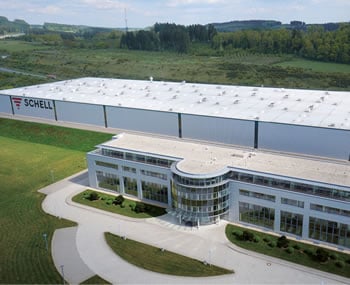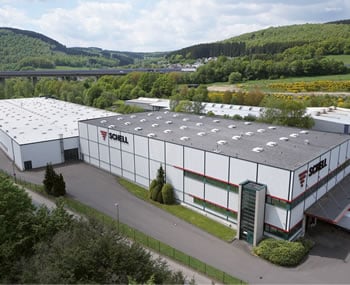How can Legionella be tackled in unused systems?
5-minute read
Many buildings are now opening up again after being locked down because of Covid-19. Schools and hotels that only open for some seasons of the year should already know how to handle shutdowns. However, many buildings that previously had less to worry about in terms of shutting down and drinking water hygiene, such as town halls or restaurants, have now been affected by shutdowns, too. If water is allowed to sit in pipelines for too long, there’s a risk of Legionella, depending on the water temperature. But what is Legionella, anyway: when exactly does it become a risk and what’s the best strategy for preventing it?
What is Legionella? Legionella is a species of bacteria that is almost always found in water in small quantities. The bacterium is not dangerous at these low levels. At high concentrations, however, it can become a risk. If people breathe in Legionella bacteria as aerosols while showering, for example, they can contract Legionnaires’ disease (a form of legionellosis) – a severe pneumonia-type illness.
How does Legionella become dangerous?
What conditions help bacteria to propagate quickly? Hygiene specialist Dr Peter Arens, Head of Product Management at SCHELL, explains: “Lengthy interruptions to the building’s normal level of use, such as during school holidays, for example, can lead to the excessive propagation of bacteria in drinking water.” This happens if taps and other fittings are not used often enough during this period. If there’s not enough water flowing through the pipes, this produces insufficient flow rates that can also be responsible for the rapid growth of bacteria. “The hot summer months are an especially critical time: if water isn’t exchanged regularly, temperatures much higher than 25 °C also start to be found in the cold water supply, and these are ideal breeding conditions for bacteria with relevance for human health. First and foremost among these bacteria is Legionella, which can cause a form of atypical pneumonia. Even today, around 3,000 people still die of Legionnaires’ disease every year in Germany,” Arens concludes.

How can this risk be countered?
To keep concentrations of bacteria in water low enough to be safe, codes of practice require a complete exchange of water in all pipelines and tapping points after no more than 72 hours. This typically ties up a lot of human resources. Not only does this require all fittings to be opened and some then closed again by hand, if necessary, flow volumes must also be kept high enough by ensuring that all of the tapping points are opened simultaneously. Just opening one fitting after another isn’t enough: “…in this case, the flow rate in the water supply pipes would then be too slow for a proper water exchange that meets standards. The bigger pipes are, after all, sized to ensure that many tapping points can supply water at the same time.
This kind of use must also be simulated by opening multiple tapping points simultaneously, such as four wash basin taps and three shower fittings. If only a small volume of water is drawn from a large-diameter pipe, the water usually moves through the centre. The remaining water hardly moves – in fact, it stagnates. Then, despite flushing, some bacteria and other microorganisms will stay in the system,” Dr. Arens explains.
Stagnation flushes with electronic fittings
So regular stagnation flushes are therefore essential. And there’s a simple solution:
with contact-free, electronic fittings from SCHELL, straightforward, effective stagnation flushes are easy to perform. Not only can flushes be programmed based on flow times and sensor ranges, but they can also be completed automatically. With this approach, normal levels of use can be simulated even in the event of (future) interruptions, thus ensuring that water is exchanged properly as required.
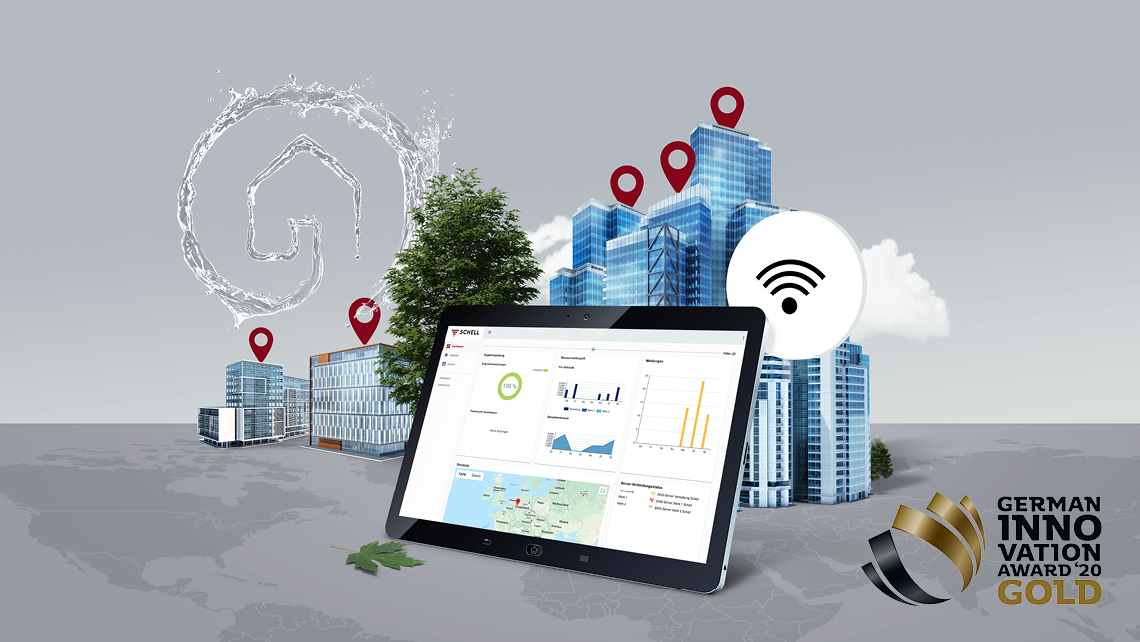
Save time and money with SCHELL SWS and SMART.SWS
Automation with the SCHELL water management system SWS is even more precise and also offers the option of logging the flushes performed to simulate normal levels of use. With SCHELL SWS, all electronic fittings in a building can be networked and controlled from a central point. This means that stagnation flushes can be planned for a specific point in time that ensures all of the necessary tapping points are opened at the same time, thus generating flows with the necessary degree of turbulence. This gives bacteria no opportunity to exceed critical limits on their growth. With this approach, SCHELL SWS also helps to keep the use of personnel to a minimum. The water management system can be used throughout a building, or only in specific parts or sections.
Temperature sensors monitor drinking water temperatures. All activities are logged, along with temperatures. This creates a record of drinking water hygiene, helping building operators to comply with VDI 6023 in Germany, for example. The SMART.SWS cloud service lets you keep an eye on your water management system with remote access, wherever you are in the world.
It’s never too late – act now!
Why is it important? Apart from user health, there is another good reason for taking action. In Germany, any drinking water installation tested and found to have high concentrations of Legionella must be reported to the competent health authority. The owner of the system must also then take action to eliminate the Legionella problem. If extremely high levels of the bacterium are found, the entire drinking water installation must then be renovated – at great expense. All the more reason to act now. Call us for details!

![[Translate to English:] [Translate to English:]](/fileadmin/_processed_/1/b/csm_symstemloesungen_e2_thumb_6bca267f26.jpg)
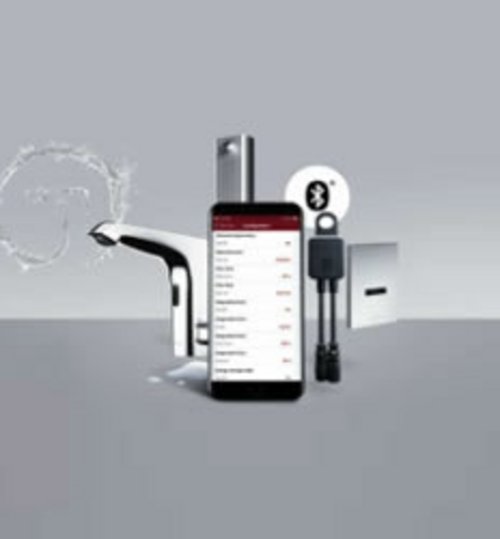
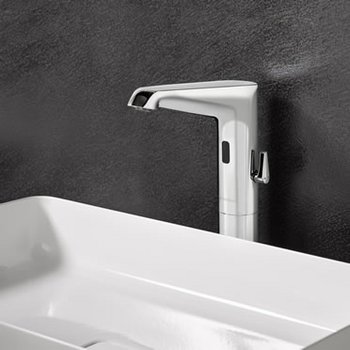
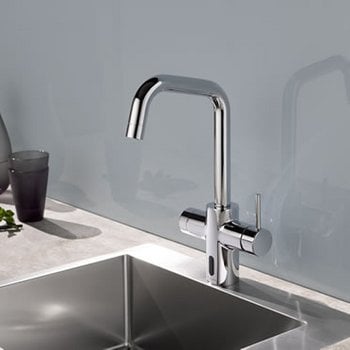
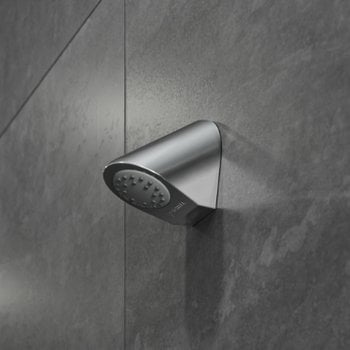
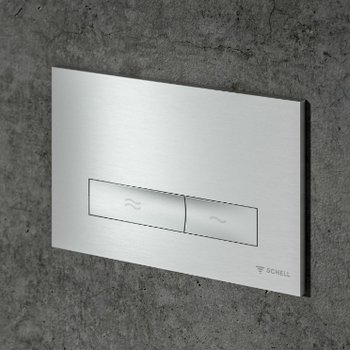
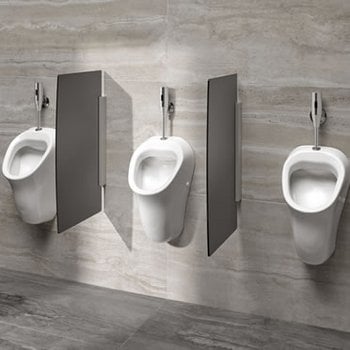
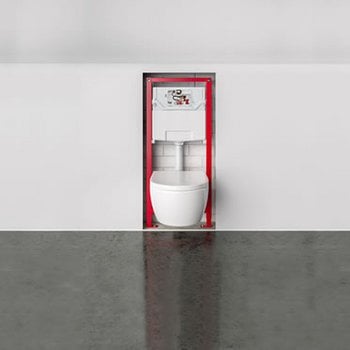
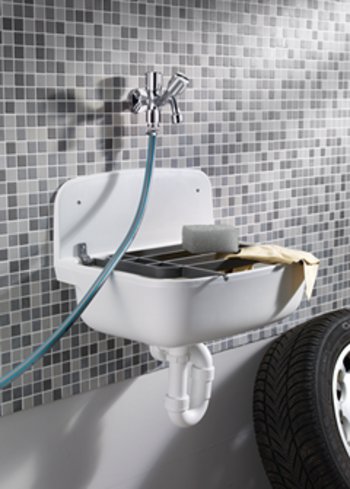
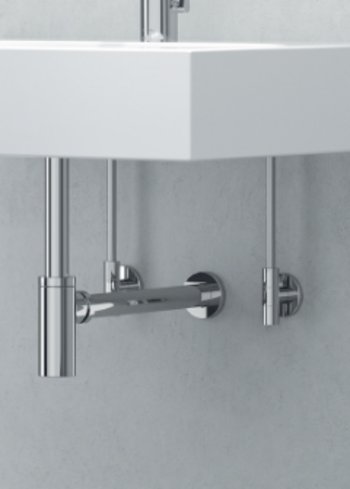
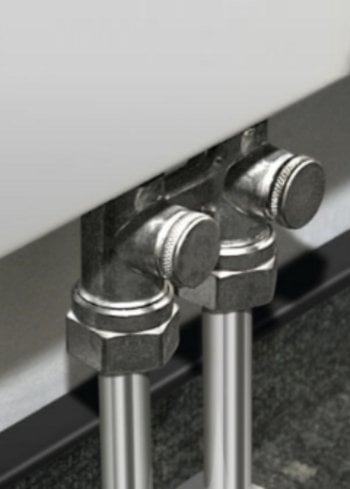
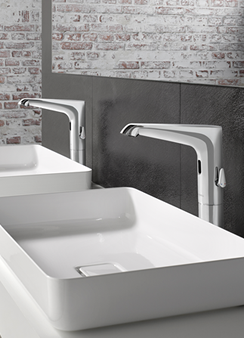
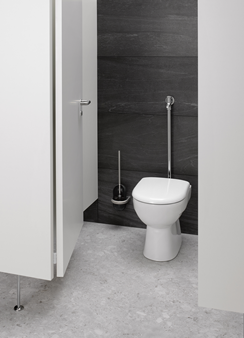
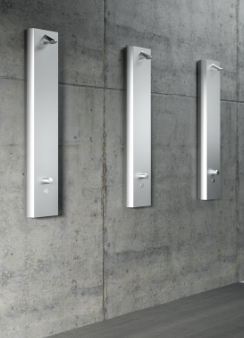

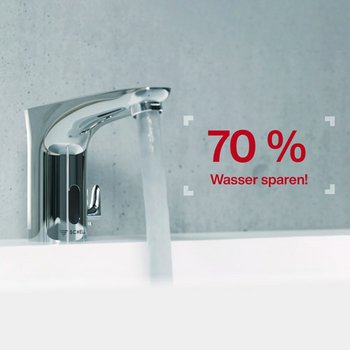
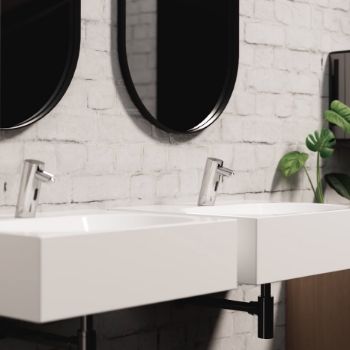

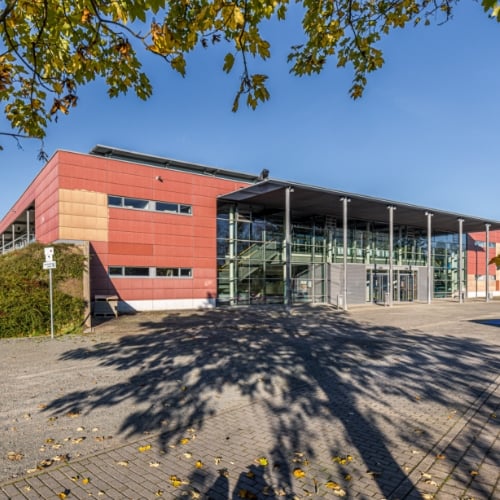
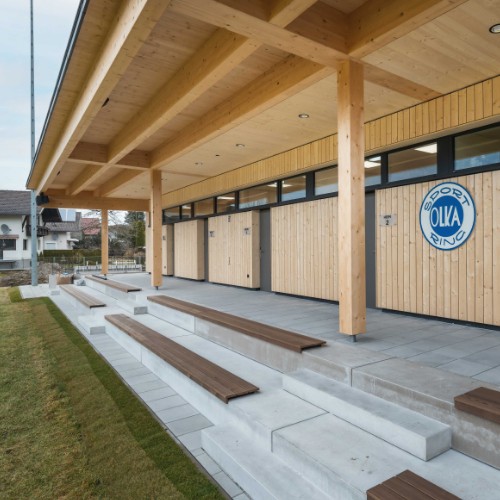
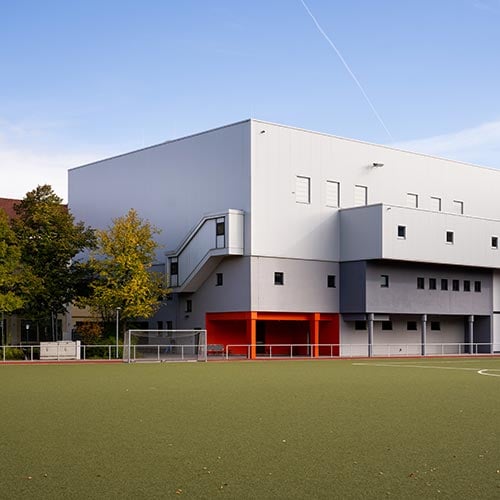
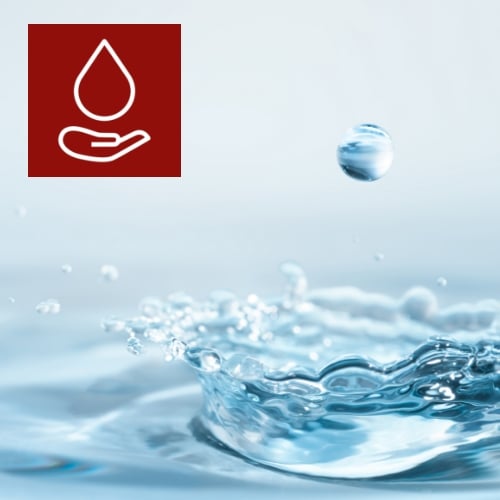
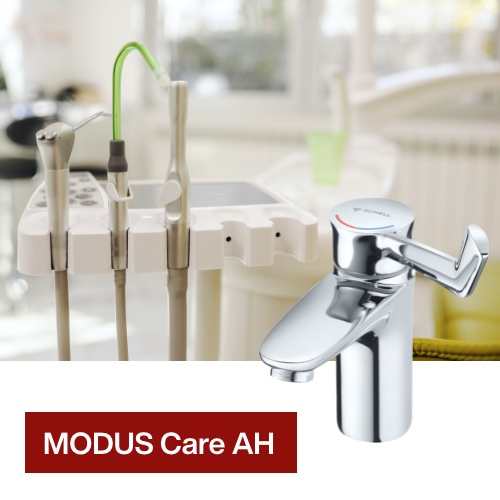
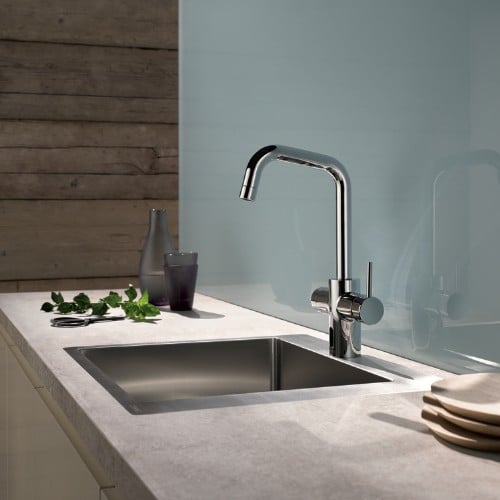
![[Translate to English:] [Translate to English:]](/fileadmin/user_upload/images/menu/menu_service_downloads_broschueren.jpg)
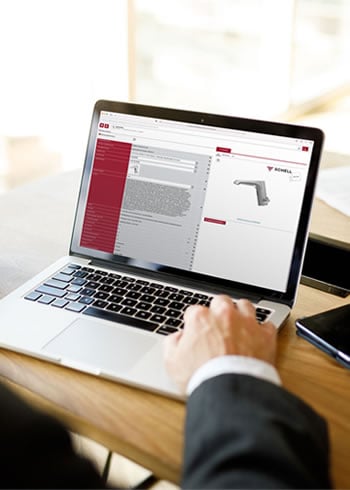
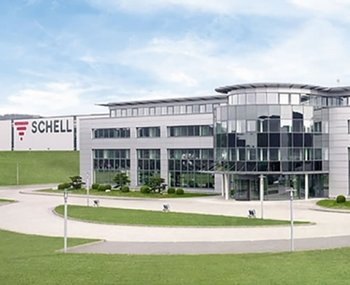


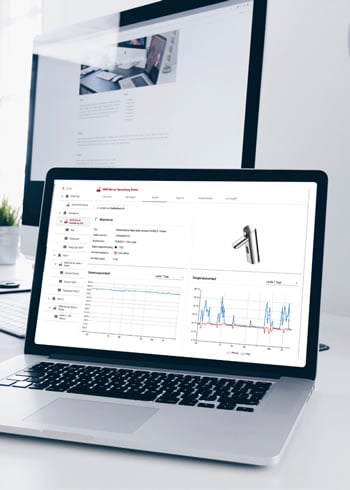

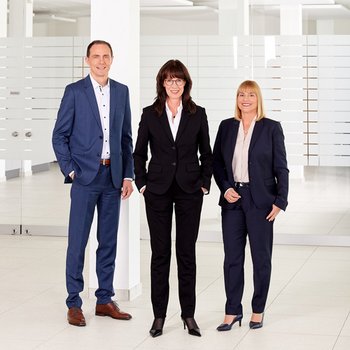
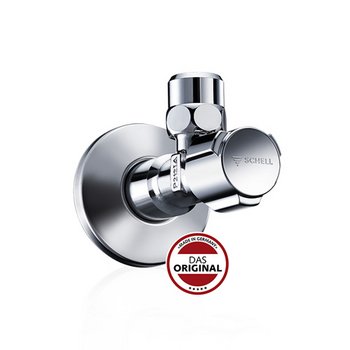
![[Translate to English:] [Translate to English:]](/fileadmin/_processed_/7/7/csm_menu_unternehmen_ueber-schell_awards_f6cec25b1d.jpg)
![[Translate to English:] [Translate to English:]](/fileadmin/_processed_/a/0/csm_menu_unternehmen_ueber-schell_wasser-sparen_41036d2dd9.jpg)


